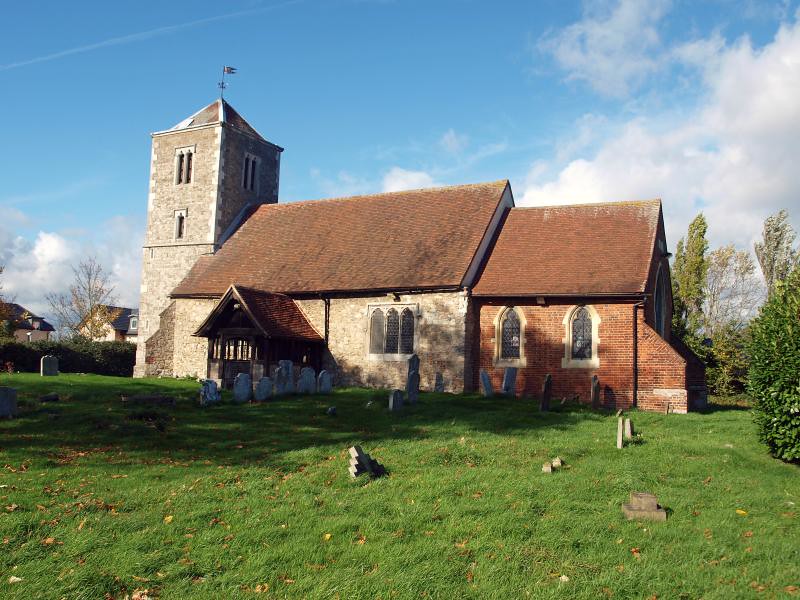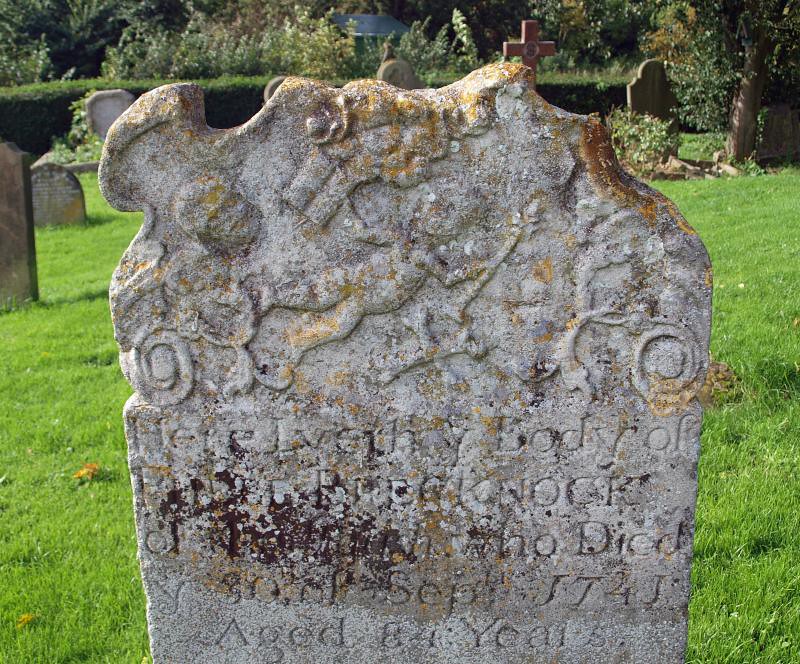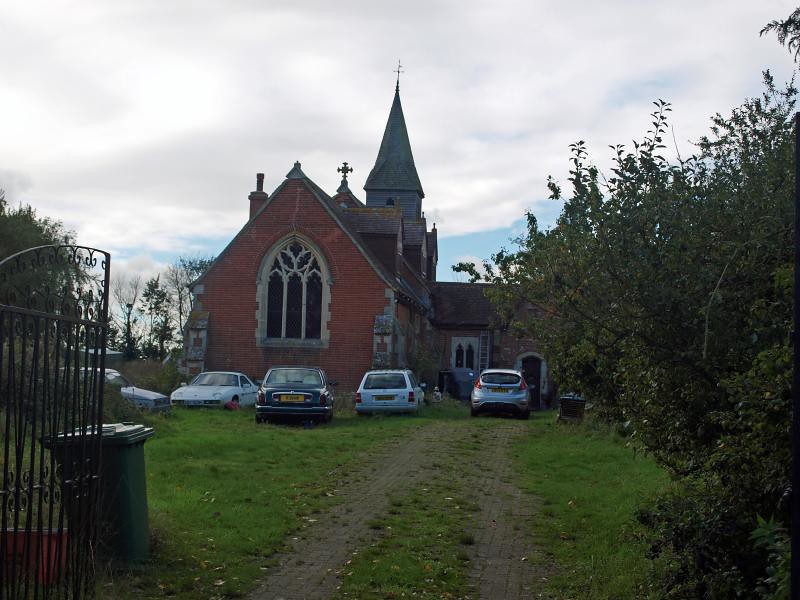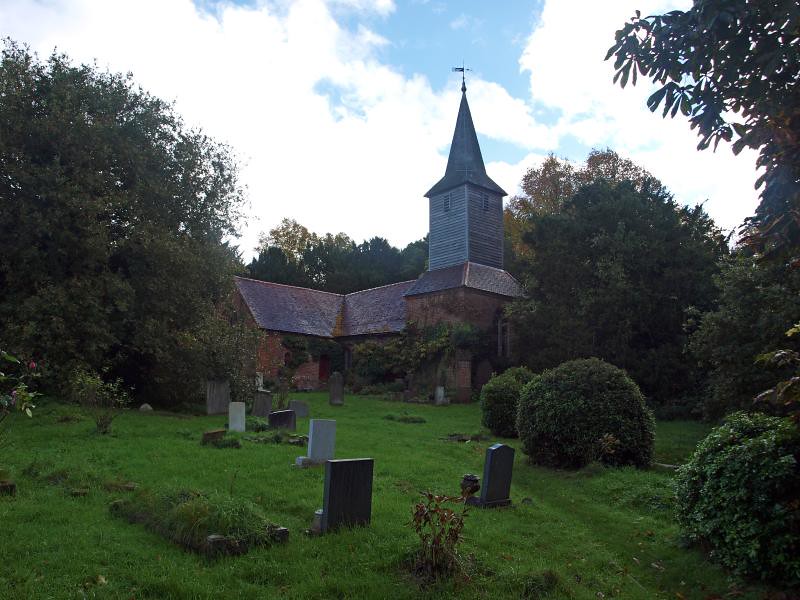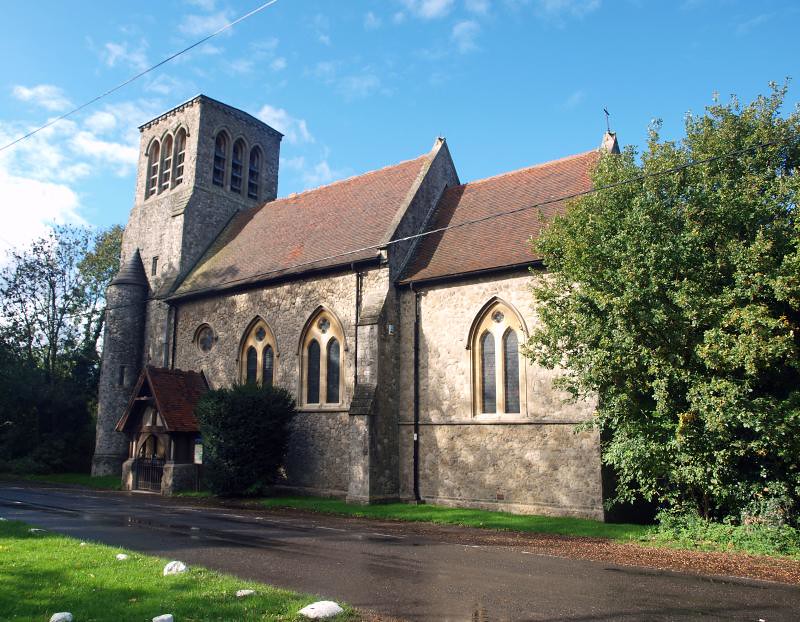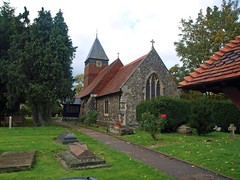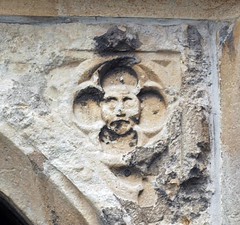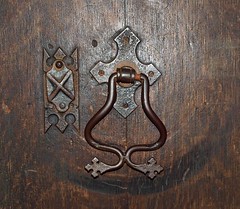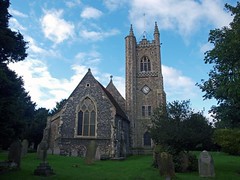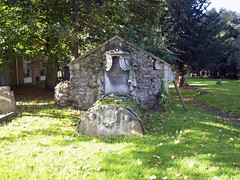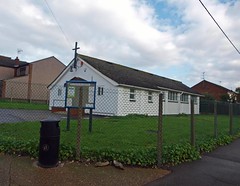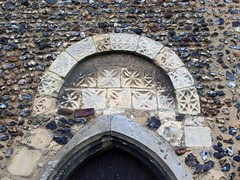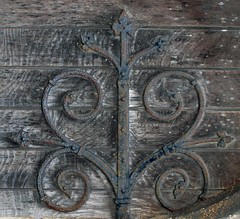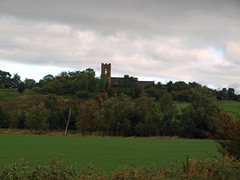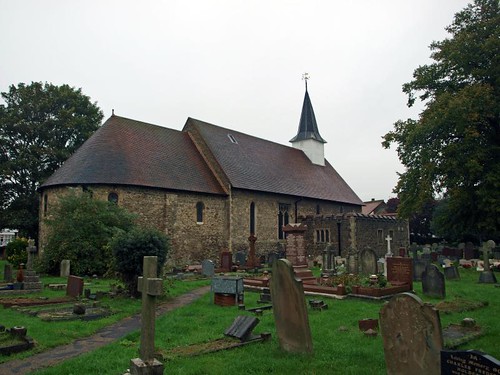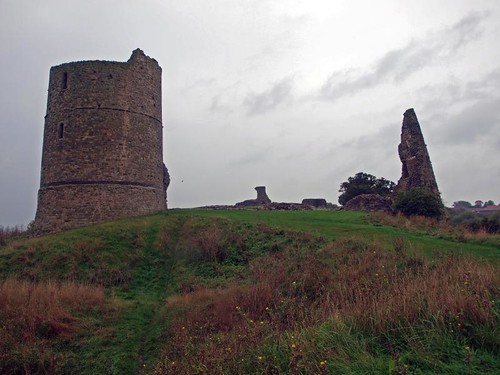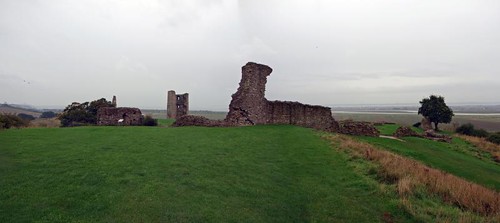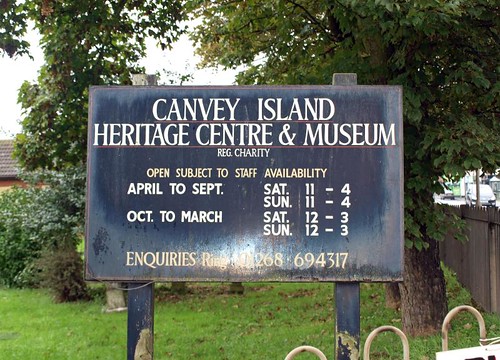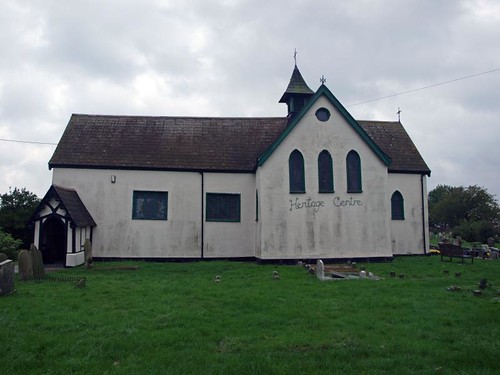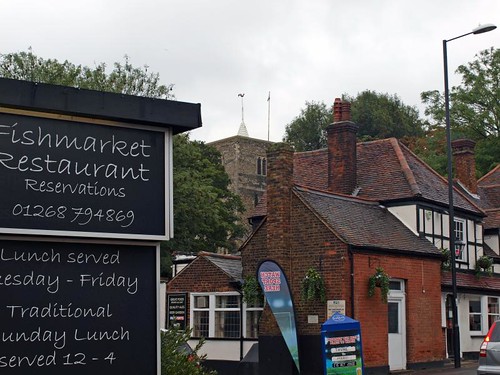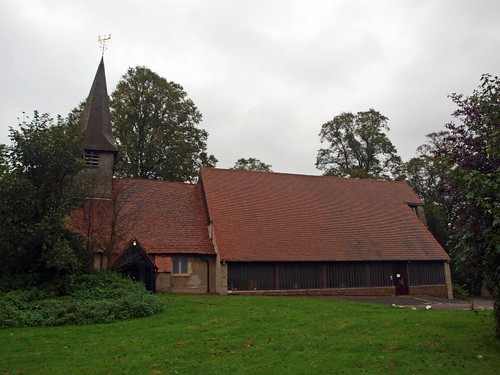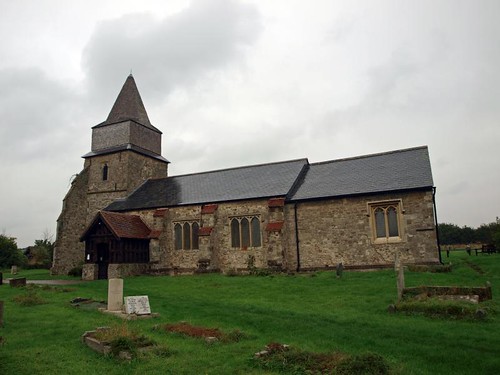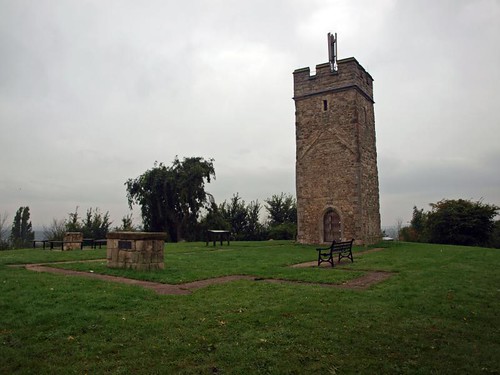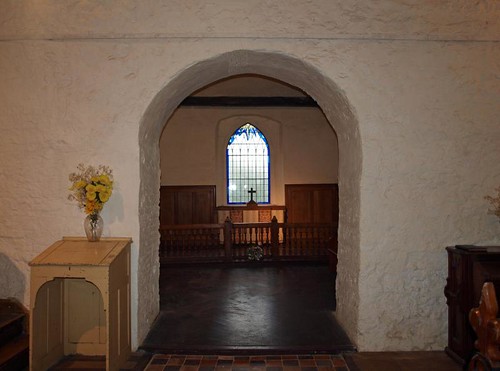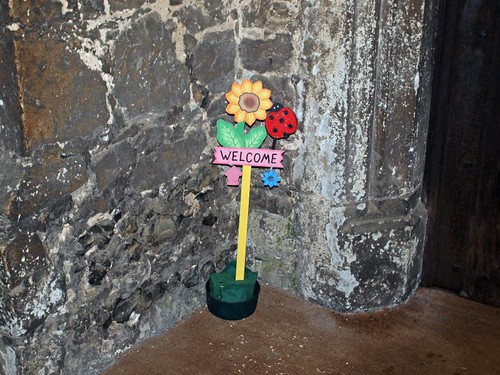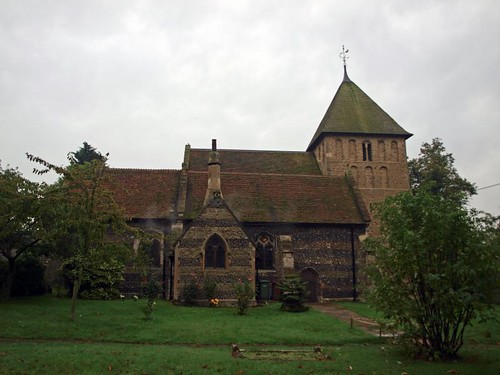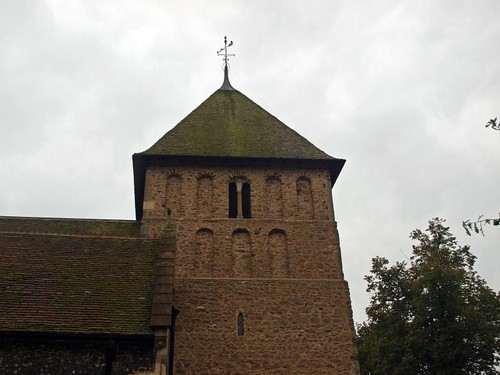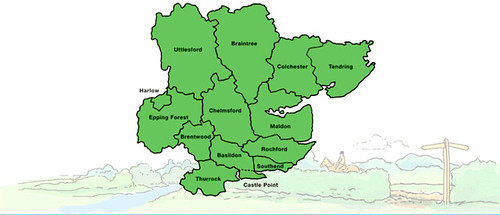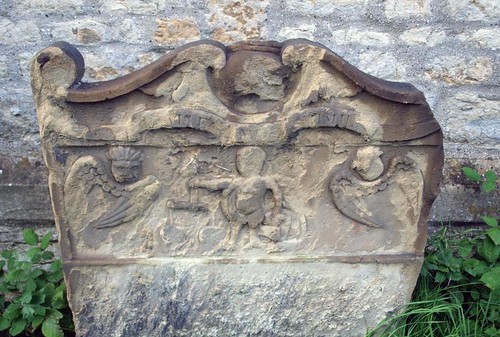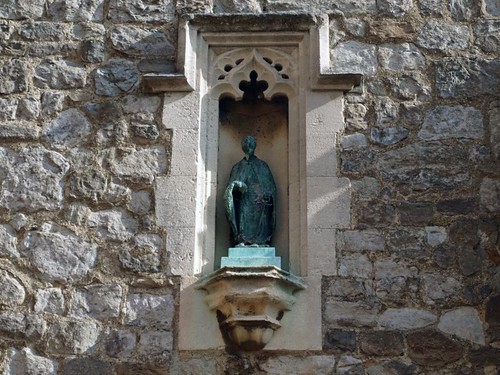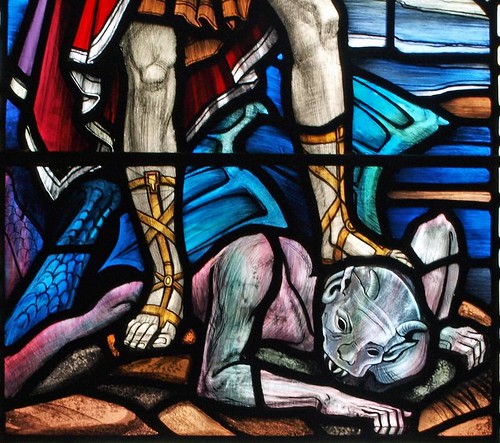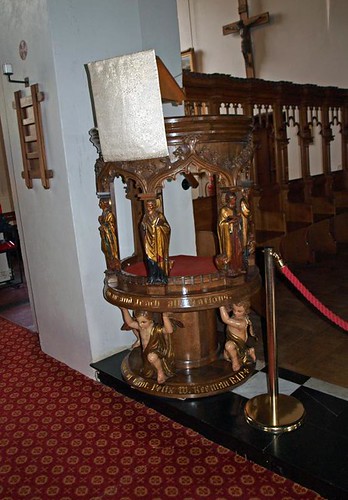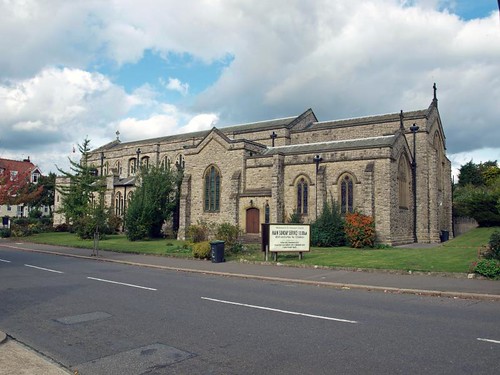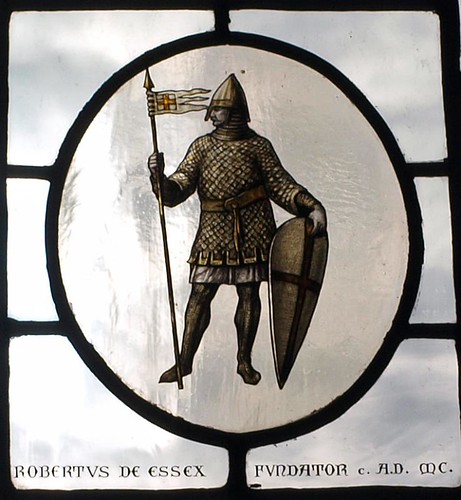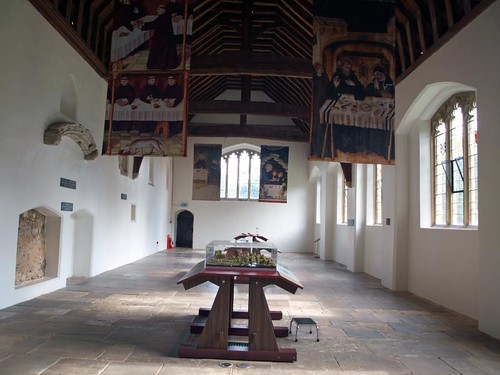Weather permitting I'm aiming for a double visit this week; on Wednesday I finished off Basildon and dipped into Brentwood and Thurrock, both of which I hope to finish tomorrow - the forecast is not good but due to overhead works I'll have no electricity at home so I might as well have a punt.
As expected all 14 churches were locked with no keyholders listed and I expect this trend to continue as I move closer to London (I have very low expectations for the London churches).
I'm rather ashamed to say that I came to Thurrock with disparaging pre-conceptions but was won over by its alluring diversity. To an Uttlesford dweller it's a very strange blend of industrial brutality (which is rather beautiful in its own right), utterly flat flood plain farmland - until you get to Langdon Hills - interspersed with fields of horses and ponies transposed from the horse fairs of southern Ireland, and here and there seemingly free range cattle, the Thames estuary and quite staggeringly ugly new (the term is used loosely) towns and ribbon developments. I love it - this is the beginning of TOWIE land and a class apart from Southend.
To get to the point: Having started the day at
Tilbury Fort, which will no doubt be covered by the boys, I arrived at St Catherine as Mass was about to be celebrated. Judging from the padlock on the porch gate it's normally locked but due to the Mass I had a short look inside and concluded that I would have liked some time to record the interior, inside looked more interesting than outside - perhaps a Ride and Stride revisit next year. To the east is
Coalhouse Fort which I found closed for the day - it is end of season after all - and more interesting than Tilbury (although to be fair Tilbury is fascinating).
ST CATHERINE. On the N escarpment of the Thames, close to the river, with the grey walls of the Coal. House Fort (1866-7I) below. The most interesting feature of the church is the N arcade of four bays with alternating circular and octagonal piers, square capitals of scallops with angle volutes, and unmoulded pointed arches. The E respond shows waterleaf, the aisle outer walls two lancets. All this must belong to the later decades of the C12. Evidence of the Norman church which was enlarged by this aisle is one blocked window above the fourth arcade arch. The chancel is a good piece of E.E. building; three stepped E lancets, and also N and S lancets. On the N side one two-light window of c. 1300. The nave S side shows evidence inside and out of a former arcade. It is said that this fell victim to the Dutch raid of 1667. The present wall is C19, but the windows are good original C14 pieces. A C13 W tower must also have existed - see the tower arch. A new tower was begun S of the W end of the church in 1917, but has not yet been completed. - PULPIT. Usual Elizabethan type.
The DOCKS were built in the 1880s and opened in1886. The plans are by A. Manning. - New Landing Stage, Baggage Halls and Offices 1925-30 by Sir Edwin Cooper, brick and stone, in that architect’s formal Neo-Georgian, with symmetrically placed cupolas, big stone surrounds of arches a la Somerset House, etc.
It is rewarding to compare these large commercial installations of the C19 and C20 with TILBURY FORT a little lower down the river, built in 1682 against the Dutch and French, a much more modest job, also primarily utilitarian, but also consciously for display. The GATEWAY, similar to that of the Plymouth Citadel, has a ground floor of the triumphal arch type, with four Ionic demi-columns, an archway with depressed head and trophies in the spandrels, and an upper storey only as wide as the centre part below. Two Corinthian columns carry a segmental pediment. To the l. and r. above the side parts below thickly carved trophies. The type of gateway derives from C17 France, the style is more robust and a little fussier than that of Sir Christopher Wren. The view from the Fort across the wide river towards Gravesend is impressive.

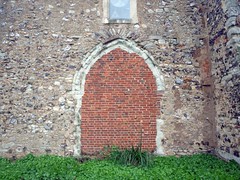
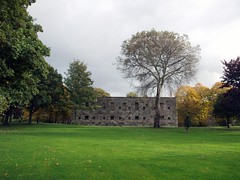
EAST TILBURY. A tiny place, it was the ferrying centre to which the potters of Roman Britain brought their wares. Broken fragments of Samian ware may still be found in the mud of the shore, and covered up here are the foundations of the ferrymen’s huts, all carefully explored and recorded years ago.
In the nave of the church is a blocked-up Norman arch, the earliest witness of Christianity here. It is possible that a Saxon church stood on this site, for Bede tells us how St Cedd, the Northumbrian missionary to the East Saxons, founded a monastery at Tilbury 1300 years ago. Three bold piers with carved capitals were set up in the time of Thomas Becket, when an aisle was added. The wide chancel arch is a delightful frame for the three lancets in the 13th century chancel, each one with a fine figure. The font is 400 years old and the handsome pulpit 300.
The patchwork walls of the nave tell a tale of the shame of Charles the Second, the starver of our navy. So mean was he that the Fleet was unable to ward off the Dutch warships which came up the Thames and battered down with shot and shell the aisle and the ancient tower of this church. The base of a new tower has been set up as a memorial to the men who with more patriotism defended London’s river during the Great War. They lived across a field in a fort built by General Gordon in the days when he commanded the Royal Engineers and was responsible for the defences of the Thames. His memory lingers here, and his name has been inscribed on the stones of the new tower. On the inside wall has been set the coffin lid of an ancient inhabitant; it has a cross moulded on it 700 years ago.
Here are memories of two famous authors, one remembered by every English-speaking boy and one known to the few elect. The little known scholar was Gervase of Tilbury, who was sent to Rome and grew up to teach law at Bologna. He was present at the famous meeting between Frederick Barbarossa and the Pope in 1177, and he was made Marshal of Arles, the town of splendour and ease in the days of Imperial Rome. The author known to every boy was Daniel Defoe, who worked at Tilbury (it is said in a tile factory).
TILBURY. It is the first of the Port of London Docks on coming from the sea, and is 24 miles from the mouth of the Thames. It has passenger traific facilities equal to any in the world, a floating landing stage 1142 feet long. The biggest liners afloat can come in to it any hour of day or night whatever the tide may be. It has four miles of quays and 45 miles of railways, and daily cargoes arriving from the ends of the earth.
And it has a famous memory, for here, in the stirring times of danger when the battle with the Armada was raging, came Queen Elizabeth to address and hearten her troops. Mounted on a splendid charger, she rode bareheaded, a page bearing her white-plumed helmet. Only two nobles attended her, and one carried the Sword of State ahead of her. Over her bodice she wore a corselet of polished steel, and her words were the words of a veritable Tudor Boadicea.
It was the time of the greatest peril the nation had known since the Norman Conquest, but it was the proudest day of the Queen’s life. It was then that she made a marvellous speech which history has preserved. She told her volunteer soldiers (we had no regular army) how others had feared for her to risk coming among them, but she did not desire to live if she could not trust her people:
Let tyrants fear; I have always so behaved myself that under God I have placed my chiefest strength and safeguard in the loyal hearts and goodwill of my subjects; and therefore I am come among you at this time resolved, in the midst and heat of the battle, to live or die among you all, to lay down for my God and for my kingdom and for my people my honour and my blood, even in the dust.
Then followed the famous declaration that history does not forget:
I know I have the body of a weak, feeble woman, but I have the heart of a king, and of a King of England too, and think foul scorn that any prince of Europe should dare to invade the borders of my realm.
The old forge facing the green recalls the busy scene in 1648 when the cavalry for Fairfax halted here on the way to Colchester and the horses were stabled in the nave of the church. There is an old farmhouse which was here then, for it was Tilbury Hall 400 years ago; it has a great thatched barn.
The church (at West Tilbury) stands among elms and chestnuts on the edge of the bold escarpment overlooking the meadows stretching to the Thames, and beyond to the hills of Kent. The rampart and the ditch of an ancient camp are close by, and it is believed to have been here that Queen Elizabeth reviewed her hosts. By the river is Tilbury Fort, with a gatehouse of 1682. There are traces of Norman windows in the nave and chancel of the church, and the walls are among the earliest Norman work in England, being 11th century; but the tower is modern with five 17th century bells hanging in it. On the floor of the nave is a coffin lid 700 years old with a moulded edge and a cross, and here is an ancient piscina and one or two medieval windows.
Flickr.
